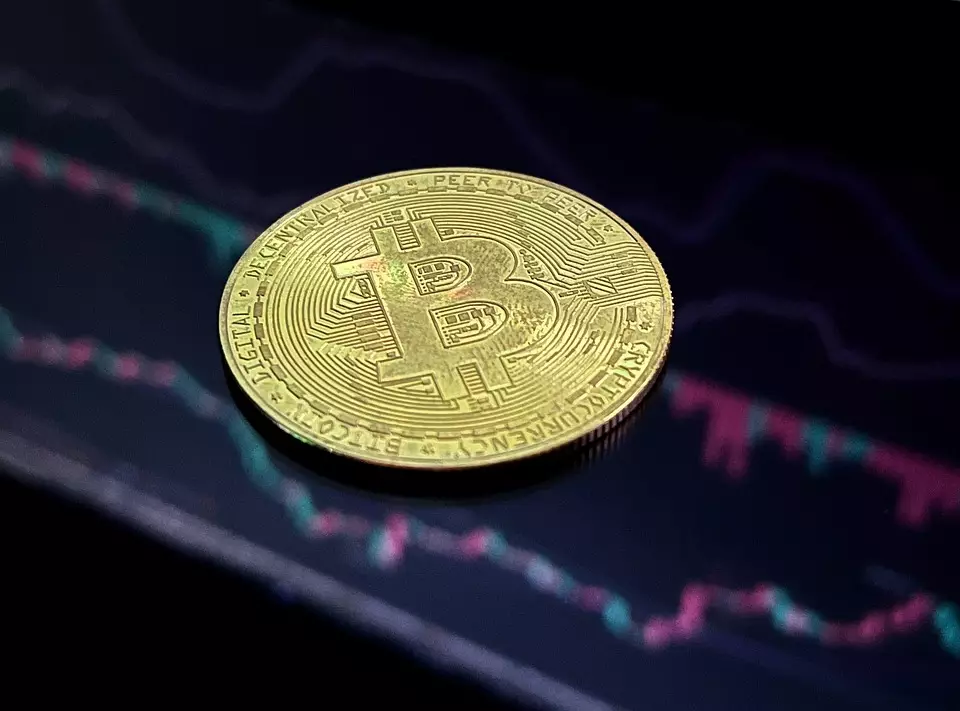The prevailing narrative in the cryptocurrency space has been that Bitcoin is poised for a dramatic peak either later this year or early next year. Many analysts and traders are penciling in a blow-off top around October or November, driven by recent bullish momentum and technical indicators. However, this consensus overlooks a crucial aspect: market psychology and historical precedent suggest that the real climax of the current cycle might be much further out, possibly in 2026. Recognizing this divergence from mainstream thinking requires questioning the cyclical assumptions that dominate crypto discussions. Too often, market participants chase short-term gains, betting on rapid blow-offs without considering the deeper, more sustained patterns of investor behavior.
The idea that Bitcoin will hit its ultimate height in the near term mirrors a common misconception—a desire for quick rewards that, unfortunately, blinds many to the realities of market cycles. Historian and analyst Quinten Francois underscores this point by pointing out how past cycles have unfolded in predictable stages: an early altcoin season, followed by retail investor enthusiasm, culminating in euphoric market peaks. Drawing these lessons into the current context, Francois argues that expecting a peak in the next couple of months is a fundamental misjudgment of how market sentiment and psychology actually develop over time. If history is any indication, a genuine, sustainable market top is more likely to arrive almost a year from now rather than within the next quarter.
The Psychological Framework Behind Market Cycles
Understanding why the timing matters hinges on how investors historically behave during bull markets. When Bitcoin’s price begins to surge, new retail investors typically enter the fray with dreams of quick riches. This influx fuels the altseason, where altcoins outperform Bitcoin—an important phase because it signals the broadening of participation. The ETH/BTC ratio, a reliable indicator for measuring altcoin momentum, has only recently started reversing, indicating that the retail-driven excitement is just beginning to take hold. According to Francois, this process often takes around nine to twelve months to fully play out.
This cyclical pattern—early bullish optimism, followed by a peak of exuberance—has been repeatedly observed. Notably, in 2017 and 2021, the altseason launched in Q1, but full-blown market euphoria didn’t peak until well into the following year. This temporal pattern has become almost a template for understanding crypto bull cycles. If history repeats itself, then rushing to call a peak now misses the authentic market maturation process. Instead, the real climax could be shared in the second or third quarter of 2026, giving the market enough time to develop the euphoria that characterizes historic peaks.
The Flawed Logic of Short-Term Hype and the Reality of Market Evolution
The desire to predict a short-term top is fueled partly by hype and partly by the impatience that characterizes modern markets. Many traders, buoyed by recent price surges and optimistic technical signals, believe that Bitcoin’s rally must culminate within the next few months. Yet, such assumptions ignore the psychological foundation underpinning these cycles. As Francois points out, unless a rare black swan event smashes the entire cycle—something that historically has been exceedingly unlikely—the market will follow its natural, historical rhythm.
Furthermore, the notion that 2023 or 2024 will see the ultimate top dismisses the importance of retail participation. Retail investors, often the last to enter during the exuberance phase, do not pour in overnight. The gradual buildup of retail interest and the accompanying market overshoot take time to reach their zenith. Fast acceleration without this buildup tends to produce false tops, which often result in sharp corrections. In stark contrast, the slow, steady rise guided by investor psychology leads to sustainable peaks that align with the broader economic context.
This understanding also calls into question the reliance on technical targets like $140,000 or $200,000 for Bitcoin’s price. While these figures might serve as benchmarks, they fail to incorporate the psychological patience needed for such horizons. Instead, recognizing the importance of market maturity and investor behavior should temper expectations, allowing for a more nuanced view of when the true market peaks will occur.
The Critical Implication for Investors and Policymakers
For those in the market or involved in policymaking, grasping this broader cycle is vital. It means tempering short-term optimism with long-term perspective. Investors must resist the allure of chasing quick profits on the assumption that a top is imminent this year, as doing so risks falling into the trap of market overconfidence followed by abrupt corrections. Recognizing that the cycle’s culmination might eventually take until 2026 serves as a reminder that patience and disciplined investing are more prudent than reactive speculation.
In a broader sense, this insight also challenges the narratives pushed by media or overly bullish analysts that thrive on sensational headlines. While they might encourage short-term gains and momentum, they often ignore the intricate psychological undercurrents that govern price movements. A center-right liberal approach—balancing open market optimism with cautious realism—advocates for acknowledging market fundamentals and respecting the natural rhythm of cycles. This mindset fosters more sustainable growth and prevents the cycle from being derailed by premature euphoria or panic.
The real lesson from history and psychology suggests that the anticipation of a Bitcoin top before 2026 is misguided. Instead, the current trajectory indicates that we are still in the early stages of a broader, more sustained bull market. Those willing to look beyond short-term hype and recognize the importance of investor psychology will find more value in patience and strategic positioning—values that are essential for navigating these unpredictable yet predictable cycles.

